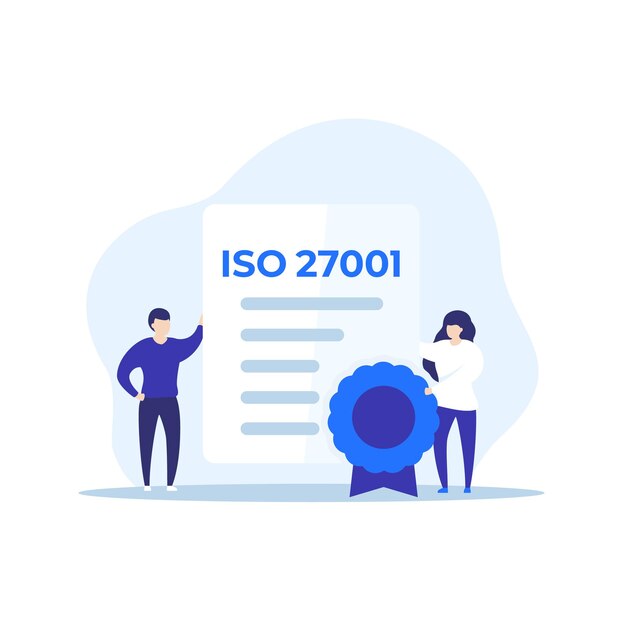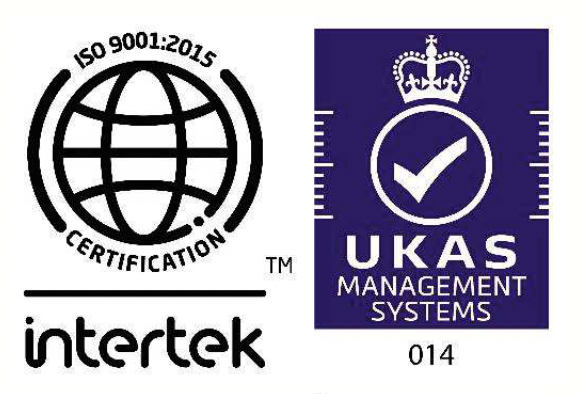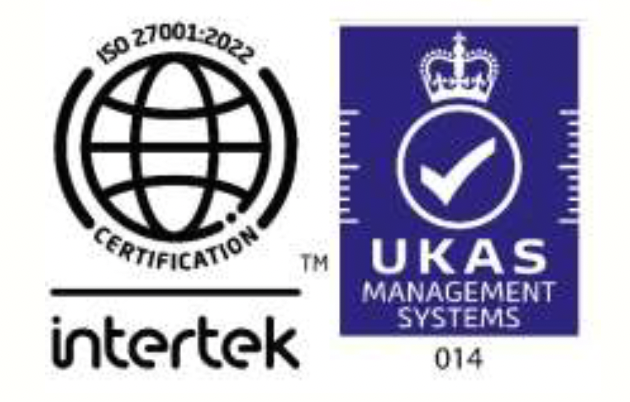ISO 27001 2013 vs ISO 27001 2022

ISO 27001 is an international standard for information security management systems (ISMS). The standard provides a framework for organizations to establish, implement, maintain, and continually improve their information security management practices. The two versions you mentioned, ISO 27001:2013 and ISO 27001:2022, represent different editions of the standard. Here's a comparison between the two:
- Naming: The earlier standard had information technology and security techniques as inputs to information security management system. The new ISO 27001 - 2022 has Information security, cybersecurity and privacy protection as inputs to the design of Information security management systems — Requirements. This shows the changes in the perspective and the evolution of the twe standards, which is based on the current technology landscape.
- Structure: The overall structure of the ISO 27001 standard remains largely unchanged between the 2013 and 2022 versions. Both versions follow the high-level structure defined by ISO, known as Annex SL, which facilitates easier integration with other management system standards.
- Scope: The scope of the standard, which defines the boundaries and applicability of the ISMS, remains consistent between the versions. The core principles and requirements for implementing an effective ISMS are maintained.
- Updates and Clarifications: ISO 27001:2022 incorporates updates and clarifications based on lessons learned and feedback from users of the 2013 version. It aims to provide improved clarity and a more user-friendly approach to implementing and auditing the standard.
- Risk Assessment: Both versions emphasize the importance of risk assessment and treatment as a fundamental part of the ISMS. However, ISO 27001:2022 introduces additional guidance and requirements related to risk assessment, including a more detailed consideration of context, risk criteria, and risk treatment options.
- Annex A Controls: The set of controls defined in Annex A, which covers a wide range of information security areas, remains largely the same in both versions. However, ISO 27001:2022 includes some updates and reorganization of controls to align with the latest developments in information security practices. Controls requirements such as threat intelligence, data leak prevention and security of cloud are major changes.
- Continual Improvement: Both versions promote the concept of continual improvement in managing information security. ISO 27001:2022 places more emphasis on monitoring, measurement, analysis, and evaluation of the ISMS performance, as well as the effectiveness of risk treatment actions.
ISO 27001:2013: - The 2013 version of ISO 27001 provided a comprehensive framework for establishing, implementing, maintaining, and continually improving an information security management system (ISMS).
- While it was a robust standard, some users found certain aspects to be less clear or requiring further elaboration.
|
ISO 27001 – 2013 |
ISO 27001 – 2022 |
|
|
Management System Requirements |
Clause 4 to 10 – 26 Management System requirements |
Clause 4 to 10 – 26 Management System requirements |
|
Annexure Controls |
Annexure – 14 Domains, 114 Detail Controls |
Annexure – 4 Domains, 93 Detail Controls |
Difference between ISO 27001 – 2013 and ISO 27001 - 2022
ISO 27001:2022:
- ISO 27001:2022 addresses the feedback and lessons learned from the implementation and auditing of the 2013 version.
- It includes updates and clarifications to enhance the clarity and user-friendliness of the standard.
- These improvements aim to provide a more comprehensive understanding of the requirements, facilitating easier implementation and audit processes.
- ISO 27001:2022 ensures that the standard remains relevant and effective in the ever-evolving landscape of information security.
Organizations certified to ISO 27001:2013 are typically given a transition period to update their management systems and undergo re-certification according to the requirements of ISO 27001:2022. The specific transition timeline may vary based on certification body requirements and individual organization circumstances.
Technical Control Changes
Here is a list of new controls in the ISO 27001 – 2022 - Threat intelligence
- Identity management
- Authentication information
- Information security for use of cloud services
- ICT readiness for business continuity
- User endpoint devices
- Configuration management
- Information deletion
- Data masking
- Data leakage prevention
- Monitoring activities
- Web filtering
- Secure coding
By incorporating these updates and clarifications, ISO 27001:2022 aims to improve the overall usability and effectiveness of the standard, building upon the foundation laid by ISO 27001:2013.
It's important to note that while ISO 27001:2022 represents the latest version of the standard, organizations certified to ISO 27001:2013 have a transition period to update their management systems and undergo re-certification. The specific transition timeline may vary based on factors such as certification body requirements and individual organization circumstances.
Coral helps clients migrate to the new requirements using a structured step by step approach. Contact us now by writing to us at roadmap@coralesecure.com

